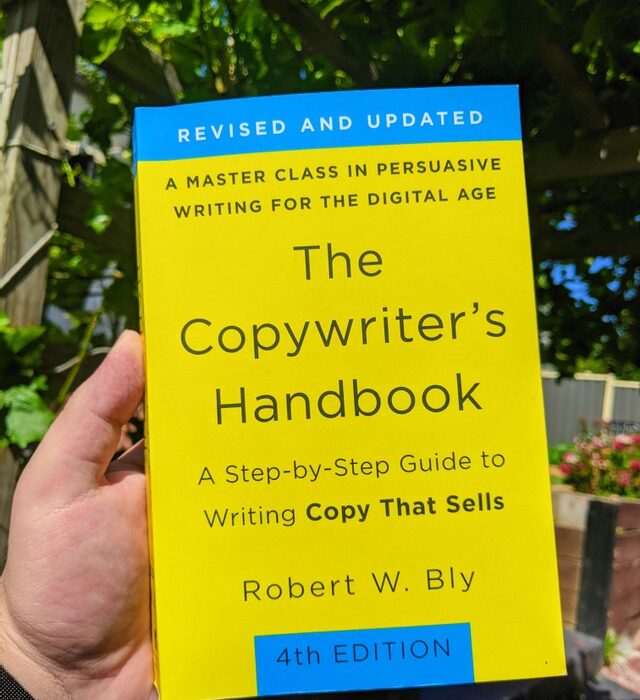
Make it simple. Make it memorable. Make it inviting to look at. Make it fun to read. – Leo Burnett
In the rapid shift of marketing having moved into the digital space, improving your copywriting skills is critical. Copywriting is the ultimate form of online communication between you and your audience via the keyboard.
From social media posts to printed brochures, copywriting is used across all customer touch points, both online and offline. When you walk past a billboard, the text was likely created by a copywriter, when you hear an ad on the radio, the script was written by a copywriter. Copywriting is all around us especially as we need to communicate on a daily basis, so it’s important to know how to make it memorable and inspire the reader or listener to take action.
FREE COFFEE!
Free? Have I got your attention? This is the first step in good copywriting. A user scrolling through their feed or viewing your ad is not going to notice your copy unless something stands out to them. You have a single opening line to grab your audience’s attention often in seconds, so make it effective. For email marketing, a subject line is your invitation to have the reader decide to open the email or not. If the subject line doesn’t capture interest in the first instance, then the entire body of copy has gone to waste. Keep it short, snappy and most of all, enticing. It’s okay to write poorly first, no one will see your draft.
First impressions are lasting impressions. You could have excellent quality copy in your social media ad, but it doesn’t matter if they’ve scrolled past the opening line…(especially because social media copy only displays the first few lines and requires user to click ‘See more’).
What to include in your headlines and subject lines:
The next step is to understand who your target market is and write as if you are talking to them. Use the words they speak, and that they would be attracted to. ‘MAKE THE WORLD’S GREATEST SLIME’ wouldn’t attract a senior demographic now would it? (No judgement if it does though, sounds fun!) Have an in depth understanding of who your audience is, the words you use and how you are targeting them. Leave out the jargon. Speak to your customers in their preferred way, don’t overcomplicate things and scare them off. Here’s a few tips that can help better understand your audience.

What to do:
Thirdly, you need to create a need and satisfy it with your offering. “There’s nothing worse than neck pain in the morning, it ruins your whole day. That’s why you need our new memory foam pillow!” See what I did there…?
Whether you’re offering goods or services, you have to tell me why I need your product. Entice me. Persuade me into reading the entire body of work because I can relate to the situation and would like to find the solution. When you’re writing, think about how you can best connect with your audience, rather than focusing on impressing them. Analogies are also a great writing technique to get your point across to your customers in a way that’s easily digestible.
“Airbnb is like a hotel, but you’re staying in a home instead.” – Airbnb. This analogy is amazing because it reflects everything their service is about. Capturing a feeling in the modern day traveller and giving them a sense of warmth and security wherever their destination.
Persuasion techniques:
Last but not least, (the most important actually) – always ask for a response / action. You just put your blood, sweat and tears into this incredibly written piece of copy, but what’s the use if there’s no call to action (CTA)? The copy should naturally lead the reader to the CTA and obviously the stronger the copy and the greater the connection to your audience, the more effective the response rate will be.
You might ask your audience to:
A call to action is essential in copywriting. You are writing with intention – to create leads, make a sale or encourage some type of action right? Ensure your CTA is strong with a clear pathway to guide the reader to your desired action and destination.
Copywriting is the most effective when you begin with your prospect and not your product. (Bly, 2020)
Bly, R., 2020. The Copywriter’s Handbook. 4th ed. St. Martin’s Publishing Group.
Don’t overthink it.
If you’d like to work with the friendly team at ideapro and create actionable, impactful copy for your social media content, email marketing or next communication project, get in touch!
Categories
Submit a Comment